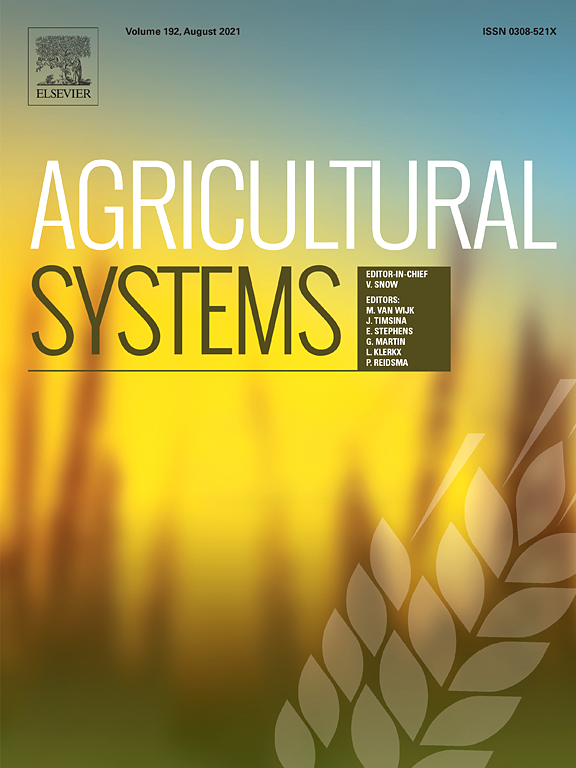Document type : Scientific article published in Agricultural Systems
Authors: H.J.E. van Weeghel, A.P. Bos, M.H. Jansen, W.W. Ursinus, P.W.G. Groot Koerkamp
Preview: CONTEXT: In systems design for livestock husbandry, the tendency is to focus on technical measures and to control the behaviour of animals in order to reduce complexity and make system functioning predictable, thereby often treating animals as agricultural objects. However, treating animals as agents and providing in opportunities for animal agency - defined as being able to control the (social and physical) environment through choice and decision-making by the animal based on individual preferences and demands - is recognized as being important in having positive experiences and in achieving good animal welfare. The opportunity of an animal to use one's capacities to control one's environment is important for the animal herself, and, at the same time, can contribute to the functioning of the system.
OBJECTIVE: We propose a design approach, Animal Capacities in Design (ACiD), that enables engineers of livestock systems to include animals' capacities into the design process and promotes more animal agency in the final design.
METHODS: The ACiD approach, which was partly developed through a series of workshops with engineers, involves the systematic and structured consideration of animal physiological, morphological and behavioural capacities as well as system functions and sub-functions in order to identify animal-based solutions.
RESULTS AND CONCLUSIONS: ACiD consists of different parts: a Brief of Capacities (BoC), BoC user guidelines, and BoC application instructions. The BoC is a design tool that provides an overview of capacities of a specific animal species, further specified and ordered by means of capacity attributes that provide additional information to understand and deploy these capacities in the design process. An attitude shift towards 'providing agency' instead of the currently dominant engineering paradigm of 'taking care of' is needed for successful application. ACiD stimulates this change in attitude through the inclusion of animal agency in the design goals, the set-up of an overview of requirements that includes positive welfare requirements, and it challenges engineers to (re)define functions in such a way that they allow for non-technical solutions enlarging the solution space for more active animal involvement.
SIGNIFICANCE: The ACiD approach facilitates and creates accessibility to relevant biological information for designers during the design process and aims to integrate the animal and her capacities in new and sustainable designs of livestock husbandry. The promise is a mutual beneficial relation between human goals and good animal welfare in future livestock husbandry systems.






